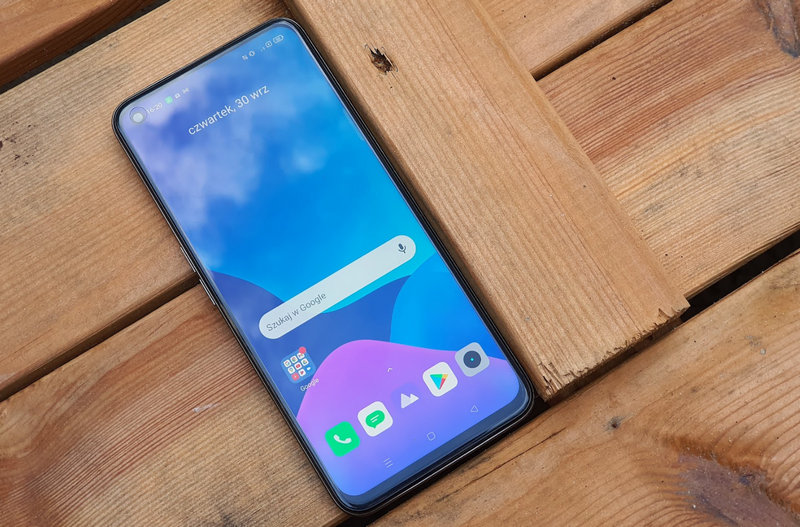During the existence of television, we have seen these devices circulate in a wide variety of formats and with a wide variety of technologies. Over the years, although they are improving in every way there are some formats falling by the wayside.
Examples of technologies that can be considered “abandoned” today are 3D or curved TVs in televisions, in the latter case it finds its place in the monitor market. In this article, we’ll talk about another format that wants to revolutionize the home theater world and eventually finds its way into monitors. we talk about TVs in 21:9 format.
Importance of aspect ratio
Currently, the vast majority of televisions are in the 16:9 aspect ratio. This relationship corresponds to resolutions such as 720p, 1080p, 4K, 8K., etc. That is, the ratio of the image should be 16 pieces long and 9 high.
This is the aspect ratio began to consolidate with the advent of the first televisions in widescreen format. and HD. This is how we go from the classic 4:3 to 16:9.
However, there are times when it is in the cinema, movies are recorded in 21:9 format. Therefore, when we play a 16:9 aspect ratio movie on the TV, black bands appear at the top and bottom of the movie. These tapes can be very annoying, especially if we are watching content with high outdoor lighting.
The birth of televisions at 21:9 and the reasons for their abandonment
Some manufacturers have tried to solve this by improving it. 21:9 aspect ratio televisions. That way, when a movie played, we would stop seeing those black bands.
Manufacturers such as Philips, LG, Hisense among others started this trend with very interesting offers. However, they did not take into account two important factors: that not everyone uses their TV just to play moviesand the form factor may not quite fit many living rooms.
Unfortunately, not all content is recorded at 21:9, so we still see black bands when playing content not recorded at 21:9. For example, if we had one of these TVs and played a YouTube video recorded in 1080p, we would see black bands on the sidesbecause the aspect ratio is 16:9.
Also, a 21:9 TV in the living room would be too long and might be too flashy for some people.
Solutions for black bands and a technology captured in monitors
Although the idea could not take hold, solutions emerged that would “eliminate” the black bands in films. One of them Commitment to OLED technology, with self-emitting led diodes that will stay off if the image is completely black. This way, if we play a movie in the dark and on an OLED TV, we’ll say goodbye to black bands because if you don’t see it, it “doesn’t exist”.
While the 21:9 format on TVs has been forgotten, it has reached a market with some success: monitors. And today we can find ultra-wide monitors in many brands. Not only that, the ultrawide craze Aspect ratios up to 32:9much longer than the examples we told you about.
Having a “taller” monitor means we can do without a second monitor to work with, as we’ll have enough space on the screen to organize our windows and tabs across the panel. Additionally, there are curved ones that enhance the immersive experience in games.


















